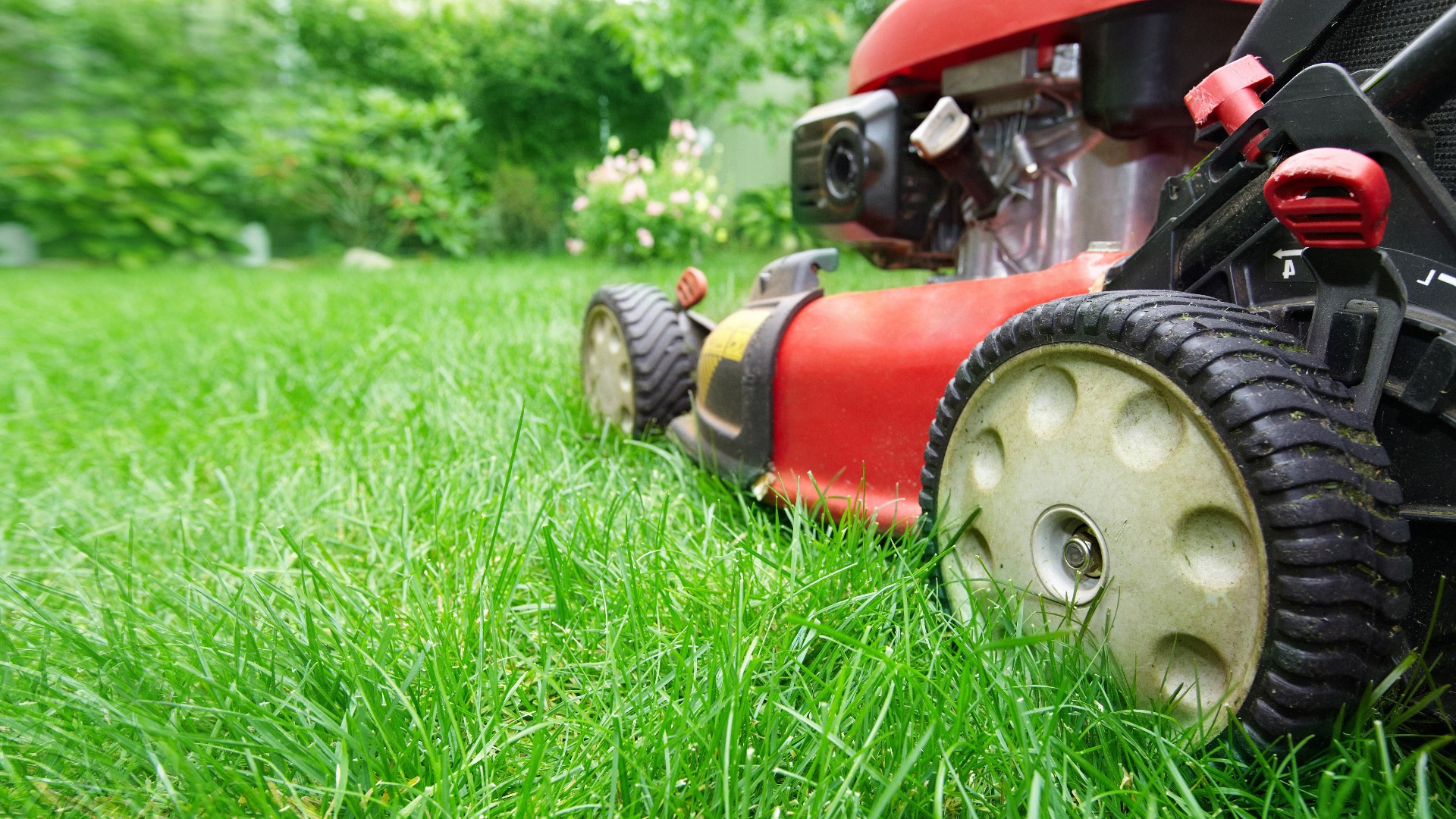PORTLAND, Maine — We’ve talked in depth about the carbon footprint of driving and, most recently, flying. But what about the carbon footprint of lawn tools such as mowers, leaf blowers, and weed hackers?
According to a report by the Environmental Protection Agency, a single gas-powered lawn mower emits as much pollution in one hour as driving a car for 45 miles. So-called "nonroad" engines, such as those used in lawn equipment, are responsible for 4 to 5 percent of total greenhouse gas emissions in the United States.
Now, to be fair, that also includes construction equipment and recreational marine vessels. But still, it’s a big number; bigger than aviation, which is estimated at 2.5 percent.
And it’s not just about carbon dioxide. Two-stroke engines, which are common in lawn equipment, put out a tremendous amount of other pollutants. How much is "tremendous?" Well, a two-stroke leaf blower emits more pollutants than a 6,000-pound 2011 Ford F-150 SVT Raptor, according to tests conducted by Edmunds.
All that pollution is an issue, but many climatologists contend the biggest problem with lawn equipment is actually the lawn itself. Lawns are poor carbon sinks because most grass has a relatively shallow root system. That means that areas that could be covered with trees or larger plants, which trap carbon and help the environment, are now covered with grass which does not sequester carbon well.
So what’s a consumer to do?
Well, there are battery-powered lawn tools, which, while far from environmentally perfect, are much more efficient and do not produce volatile organic compounds and other emissions locally when used. These tools also offer another benefit: ease of use. Without spark plugs, oil, and gas, these tools start up the first time every season with a push of a button.
But using battery-powered tools is still difficult for commercial landscapers, who account for two-thirds of all lawn equipment emissions.
Dylan Knight of Knight Property Services in Westbrook explained what using battery-powered lawn tools would look like for his business.
"We’re taking care of much larger properties than just the average house lot. We can have condo associations anywhere from five or six units all the way up to 50 and 50 units is a much larger parcel of property to maintain," Knight said.
Dylan said right now battery-powered equipment that lasts an hour or so just doesn’t cut it. But he’s open to them if there is some improvement in runtime.
"I think having them last much longer. I mean even four hours would be doable and you could have two for the day. I’d say on average our guys work in the field at least eight hours a day."
For now, battery-powered lawn tools can help reduce pollution and noise for an average homeowner, but it’s far from a silver bullet for landscaping in general.

